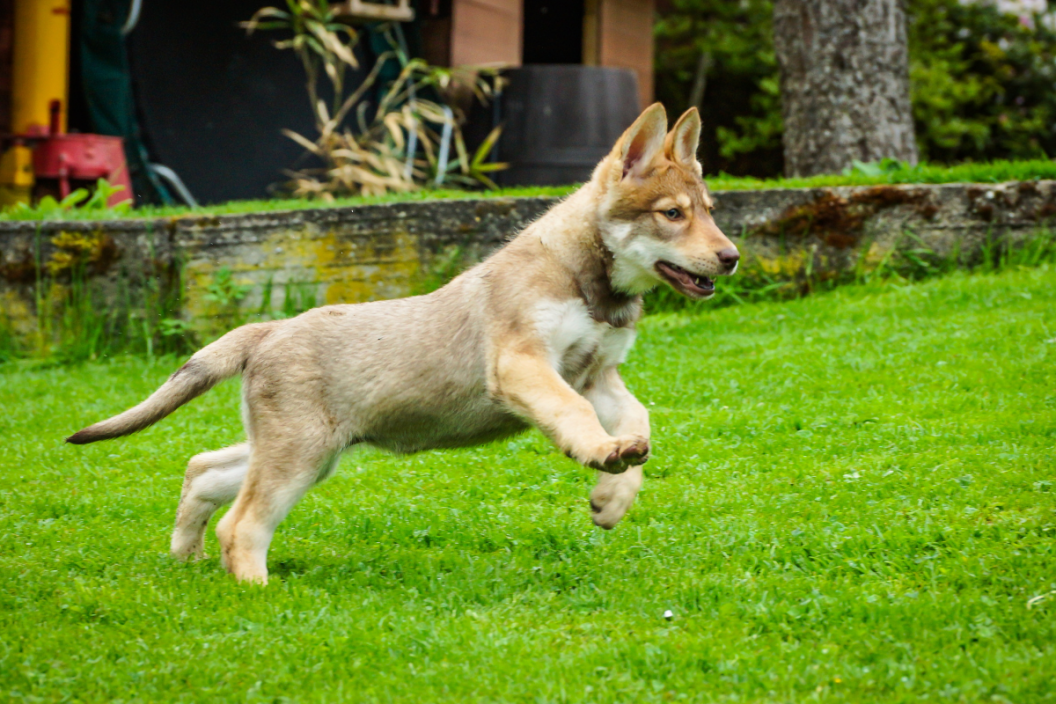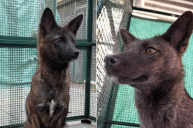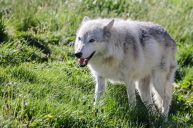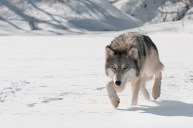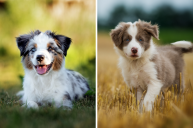What exactly is a wolfdog?
Simply put, these dogs are partly wild, rather than being fully domesticated breeds like your average family dog. A wolfdog is a hybrid mix between a domestic dog (Canis lupus familiaris) and a type of wolf subspecies. There are four of these wolf subspecies: the gray (Canis lupus), eastern timber wolf (Canis lycaon), red wolf (Canis rufus), and the Ethiopian wolf (Canis simensis).
Wolfdogs are usually bred with the grey wolf since their genetic composition is the closest. Because of wolf bloodlines, these dogs can display wolf characteristics, even when bred and raised in captivity. Wolfdogs can be challenging to own and need a special home that understands their behavior and necessary care.
Understanding the Wolf Hybrid
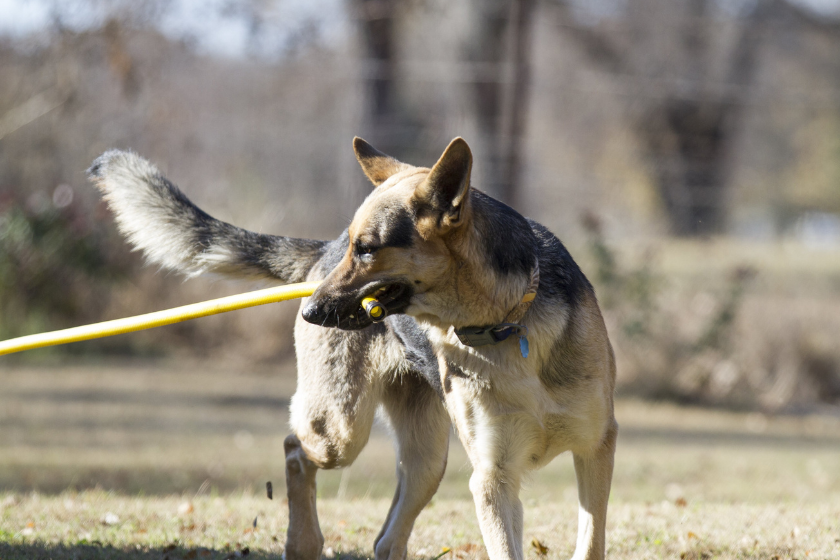
Wolf hybrids are found in the wild across Europe and North America, which means that there have been rare instances where a domesticated dog somehow mated with a wild wolf. Although, because the grey wolf and dog genes are so close, it is hard for scientists to tell if wild wolfdogs are actually part dog or part wolf subspecies. There have been studies on black wolves and there are theories that they got their black coat from wolf-dog hybridization.
Adolph Murie wrote in his book, "The Wolves of Mount McKinley":
"I suppose that some of the variability exhibited in these wolves could have resulted from crossings in the wild with dogs. Such crosses in the wild have been reported and the wolf in captivity crosses readily with dogs. Some years ago at Circle, Alaska, a wolf hung around the settlement for some time and some of the dogs were seen with it. The people thought that the wolf was a female attracted to the dogs during the breeding period. However, considerable variability is probably inherent in the species, enough perhaps to account for the variations noted in the park and in skins examined. The amount of crossing with dogs has probably not been sufficient to alter much the genetic composition of the wolf population."
Common Hybrid Breeding Practices
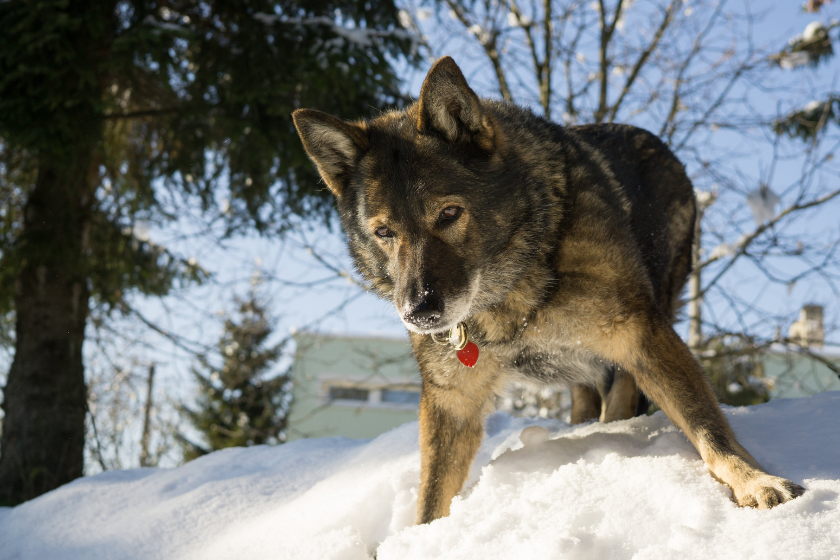
Hybrid pups are also bred in captivity usually by taking a German Shepherd, which is a dog breed originally descended from a pure wolf, and breeding it with a wolf to create four different breeds. These dogs are bred for frigid temperatures, companion dogs, and military working dogs.
Wolf-dog hybrids include:
- Wolamute or Malawolf: Cross between an Alaskan Malamute and a timber wolf
- Saarloos wolfdog: German Shepherd and a Mackenzie Valley wolf
- Lupo Italiano: Wolf from northern Lazio and German Shepherd
- Kunming wolfdog: A breed of wolfdog found in China
Characteristics of Wolfdogs
Wolves are generally shy and timid around humans and high content wolfdogs can have these characteristics. Because they are still considered wild animals, depending on their wolf content, hybrid owners have reported that their dogs still exhibit wolf behaviors like digging dens, excessive chewing, climbing and jumping fences, and difficulty housebreaking.
https://www.instagram.com/p/Bd0WgeslczU/?hl=en
Owning a Wolfdog
In some states it is even illegal to have a hybrid dog, including Alaska, unless the dog is grandfathered in. States where hybrid dogs are illegal include Connecticut, the District of Columbia, Hawaii, Idaho, Illinois, Louisiana, Maryland, Massachusetts, Michigan, North Dakota and Rhode Island. Make sure to check with your city ordinances to learn your local laws.
There is another cause for alarm when owning these dogs. There is yet to be a rabies vaccine specific to wolfdogs. This means if a wolfdog bites someone, it is treated as a wild animal and euthanized without question.
When wolfdog owners must give up their dogs, there are resources available including the Yamnuska Wolfdog Sanctuary in Canada, Full Moon Farm, and the Wild Spirit Wolf Sanctuary in the United States.
While some advocates will say that all the dog needs is extra socialization and proper training, wolfdog ownership is not to be taken lightly.
Do you know a wolfdog? Tell us on the Wide Open Pets Facebook page!
This article was previously published on December 30, 2019.
